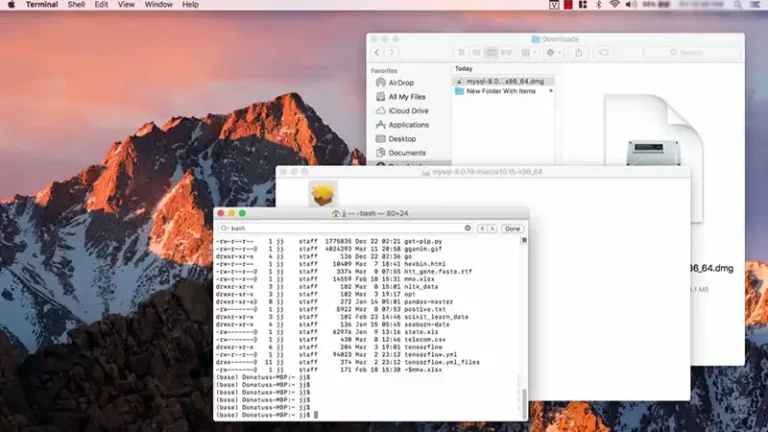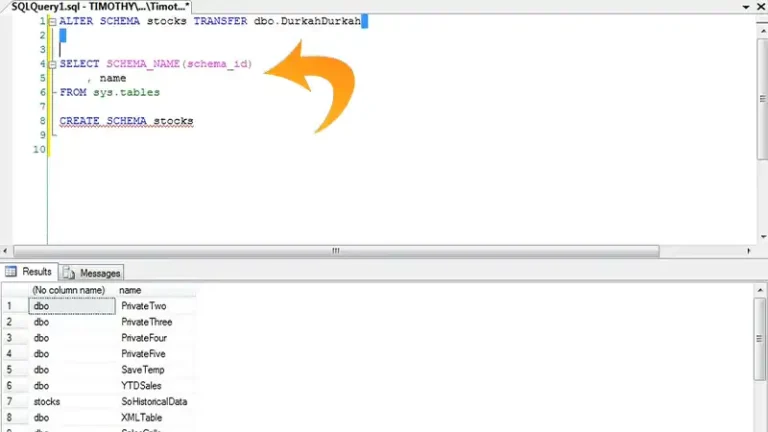How to Optimize GROUP By Queries in SQL Server | Comprehensive Guide
In the realm of data analysis and manipulation, SQL Server stands as a powerful tool for extracting meaningful insights from vast datasets. Among its various functionalities, the GROUP BY clause plays a crucial role in aggregating data based on specified criteria. However, GROUP BY queries can sometimes experience performance bottlenecks, especially when dealing with large…










